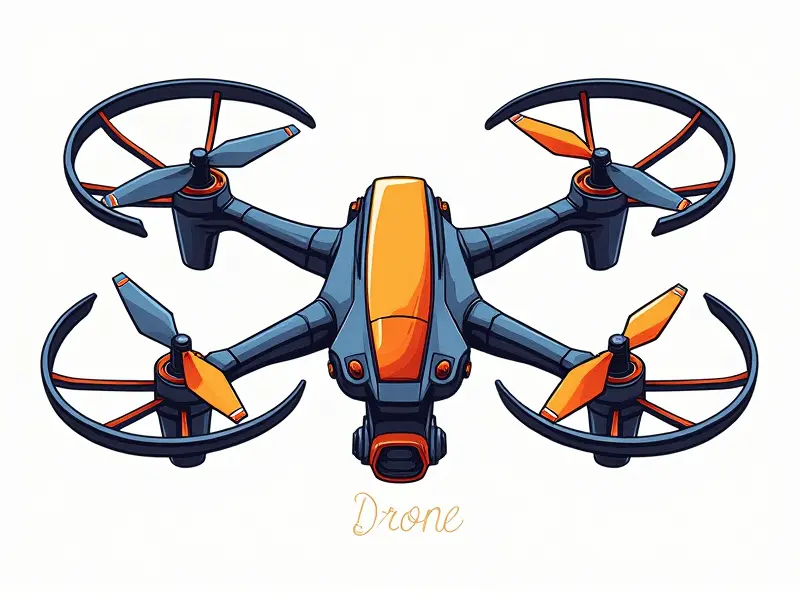How high can drones fly?

How High Can RC Drones Fly Legally?
The legal ceiling for remote-controlled (RC) drones varies widely depending on the country and specific regulations. In the United States, the Federal Aviation Administration (FAA) sets strict guidelines regarding drone altitude to ensure safety and prevent interference with manned aircraft operations.
Limits to Drone Altitude: Know Before You Fly
Before taking your drone for a spin, it's crucial to understand the legal limits imposed by aviation authorities. In most regions, drones are restricted from flying above 400 feet (122 meters) above ground level (AGL). This limit is designed to avoid collisions with aircraft operating at lower altitudes.
Legal Ceiling for Commercial Drone Use
Commercial drone operators face even stricter regulations. For instance, the FAA requires commercial drones to maintain a visual line of sight and adhere to specific altitude restrictions. Additionally, obtaining a Remote Pilot Certificate is mandatory for conducting any commercial activities involving drones.
Exploring Drone Altitude Regulations Worldwide
The rules governing drone flight heights are not uniform across different countries. In Canada, Transport Canada sets the maximum altitude at 300 feet (91 meters) AGL for recreational use and 400 feet (122 meters) AGL for commercial operations. Similarly, in Europe, the European Union Aviation Safety Agency (EASA) mandates that drones must not exceed 50 meters (164 feet) above ground level.
Max Flight Height for FPV Racing Drones
Flying a drone using First Person View (FPV) technology is an exhilarating experience, but it comes with its own set of rules. For FPV racing drones, the maximum allowable altitude is generally lower than that of standard RC drones to minimize risks and ensure safety during competitive events.
FAA Rules for Drone Altitude
The FAA's guidelines are particularly strict in areas designated as controlled airspace (Class B, C, D, and E). In these zones, drones must not exceed 400 feet AGL. Additionally, the FAA prohibits flying drones over people or within five miles of an airport without prior approval.
Legal Ceiling for FPV Racing Drones
The legal ceiling for FPV racing drones is typically set at a lower altitude to ensure safety during races and prevent interference with other airspace users. In many regions, the maximum allowable height for FPV racing is around 150 feet (46 meters) AGL.
RC Helicopter Maximum Flying Height
Remote-controlled helicopters are subject to similar altitude restrictions as drones. The legal ceiling for RC helicopters in most countries is also capped at 400 feet AGL, with additional regulations applying in controlled airspace and near airports.
RC Airplane Legal Flight Ceiling
The rules governing the flight of remote-controlled airplanes are comparable to those for drones and RC helicopters. The maximum allowable altitude for RC planes is generally set at 400 feet AGL, with additional restrictions in place to ensure safety and prevent airspace conflicts.
Drone Altitude Cap: Know Before You Fly
To avoid legal troubles and potential accidents, it's essential to familiarize yourself with the altitude limits before taking your drone for a flight. Understanding these regulations will help you maximize your flying experience while adhering to safety guidelines.
Highest a Drone Can Soar Legally
The highest legally permissible altitude for drones varies depending on the specific circumstances and location. Generally, recreational drones can fly up to 400 feet AGL in uncontrolled airspace, whereas commercial operations may face stricter limitations based on local aviation regulations.
Conclusion
In conclusion, understanding the legal limits of drone altitude is crucial for both recreational and commercial users. By adhering to these guidelines, you can enjoy the full potential of your drone while ensuring safety and compliance with aviation laws. Always check the latest regulations from local authorities before flying to stay informed and avoid any legal issues.

